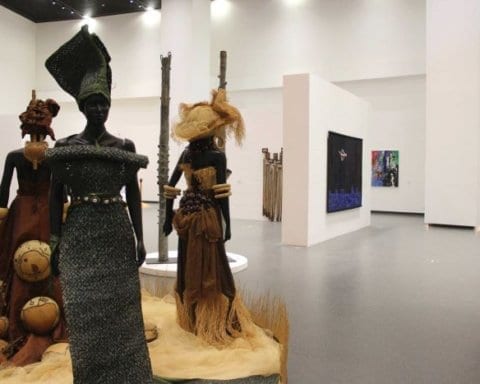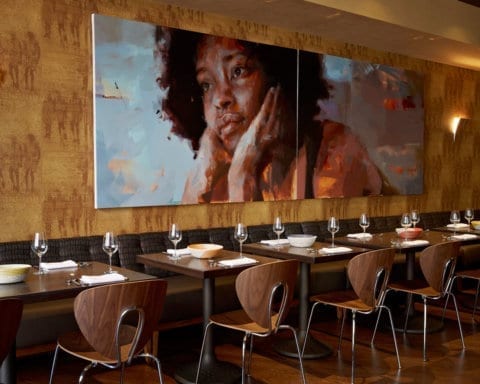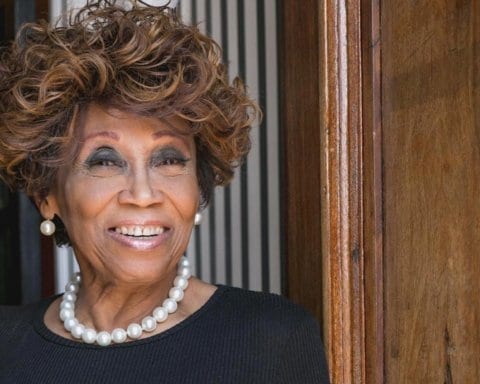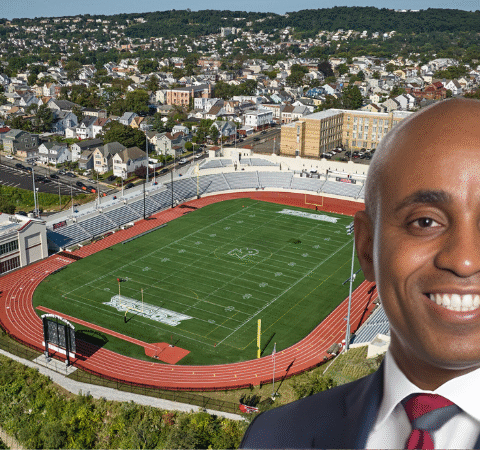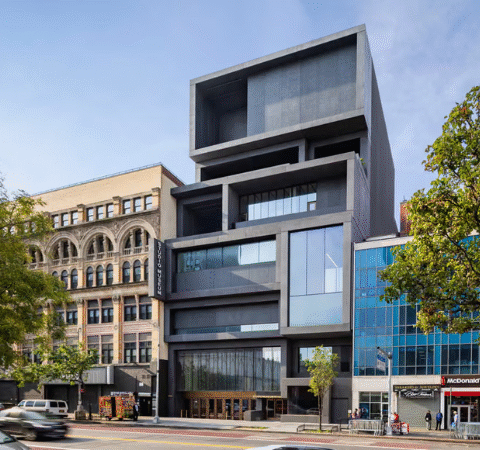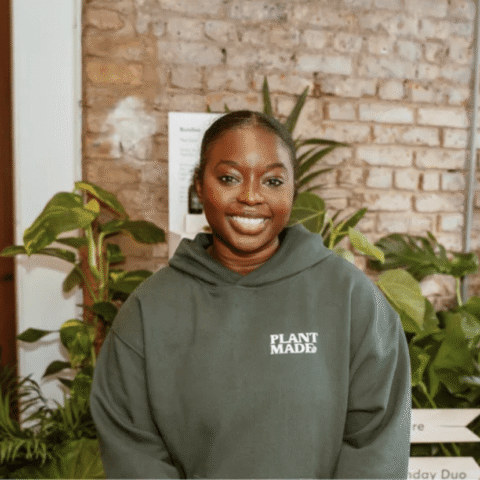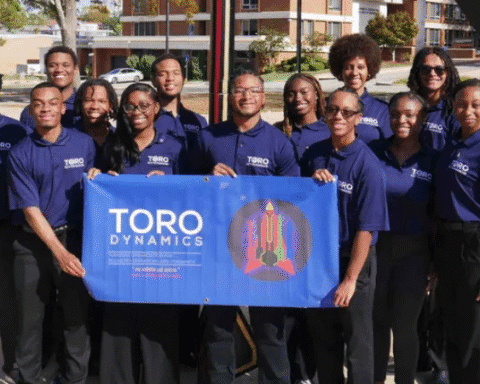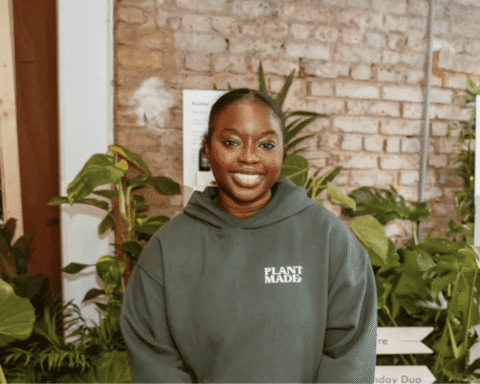Harlem has long been a global center of creativity, imagination, and cultural power.
At the heart of that legacy stands the Studio Museum in Harlem, an institution that has shaped generations of artists, inspired movements, and preserved the narratives of Black creativity since 1968.
Now, after seven years of construction, the museum is reopening its doors with a historic milestone: its first ever purpose built home.
The new building, designed by Adjaye Associates in collaboration with Cooper Robertson, spans 82,000 square feet and transforms the museum’s presence on West 125th Street.
More than an architectural achievement, the reopening represents a renewed commitment to supporting artists of African descent and expanding the global conversation around contemporary art.
A Fully Funded $300 Million Investment in Black Cultural Infrastructure
The scale of the new Studio Museum marks a breakthrough for Black arts institutions worldwide.
The project carries a $300 million price tag that has been fully fundraised, with nearly a quarter coming from public sources.
These funds cover construction, operating expenses throughout the museum’s closure, and the creation of a $50 million endowment.
This is the first endowment in the institution’s history and helps secure its long term financial strength.
The successful fundraising effort reflects the deep respect and trust the museum has earned over decades.
It underscores how essential the Studio Museum has become to the preservation, elevation, and celebration of Black artistic expression.
Opening With Tom Lloyd: Honoring a Foundational Visionary
To mark the reopening, the Studio Museum is dedicating its inaugural exhibition to Tom Lloyd, a pioneering artist, activist, and community organizer whose relationship with the museum dates back to its early years.
Lloyd’s innovative electronic and light based sculptures challenged traditional art boundaries and expanded conversations about technology, community, and political expression.
Showcasing Lloyd’s work is more than a curatorial choice. It is a statement of continuity. Lloyd’s vision, experimentation, and insistence on institutional accountability helped shape the ethos that still defines the museum.
Beginning this new era with his work places history at the center while inviting visitors to consider how Black artists have continually influenced the future.
A Home Built for Community, Storytelling, and Innovation
For decades, the Studio Museum operated out of adapted or temporary spaces. The new building changes that forever.
This is the first space designed specifically for the museum’s mission and needs, allowing for expanded exhibitions, larger public programs, more immersive educational experiences, and deeper community engagement.
Architecturally, the building is designed to feel open, connected, and rooted in Harlem. Generous windows and public areas invite the neighborhood in.
The design reflects a philosophy that art should be accessible and that the museum should serve as a gathering space rather than a closed-off institution.
A Proven Incubator of Artistic Excellence
The influence of the Studio Museum reaches far beyond its physical walls. Its Artists in Residence program has launched some of the most important artists of the last several decades, including Njideka Akunyili Crosby, Jordan Casteel, Mickalene Thomas, and others who have shaped the global art landscape.
Through exhibitions, publications, and programming, the institution has consistently identified, supported, and championed emerging talent, ensuring that Black artists receive recognition and opportunities at the highest levels.
The new building strengthens the museum’s ability to continue this work on an even larger scale.
Preserving Cultural Memory and Imagining New Futures
The Studio Museum’s permanent collection includes thousands of works that chronicle the breadth of the Black experience across time, geography, and medium.
From photography and painting to sculpture and installation, the museum safeguards stories that might otherwise be lost.
Visitors come not just to view art but to step into a living archive, where creative expression intersects with history, identity, community, and possibility.
As the museum reopens, it carries this responsibility into a new chapter with more space, more resources, and a renewed commitment to access.
Why This Reopening Matters
The reopening of the Studio Museum in Harlem represents a significant moment for the art world, for Harlem, and for Black culture globally.
It demonstrates what becomes possible when vision is paired with investment and when institutions commit to honoring and elevating Black creativity.
The new building is a celebration of history, but it is also a foundation for the future. It ensures that generations of artists, students, families, and visitors will have a place to learn, create, imagine, and be inspired.
The Studio Museum has always been more than a museum. It is a cultural compass, a platform for innovation, and a testament to the power of community. As it steps into this new era, its influence will only grow.









